| Part of the Politics series |
| Electoral systems |
|---|
.svg.png.webp) |
|
|
Closed list describes the variant of party-list systems where voters can effectively vote for only political parties as a whole; thus they have no influence on the party-supplied order in which party candidates are elected. If voters had some influence, that would be called an open list. Closed list systems are still commonly used in party-list proportional representation, and most mixed electoral systems also use closed lists in their party list component. Many countries, however have changed their electoral systems to use open lists to incorporate personalised representation to their proportional systems.
In closed list systems, each political party has pre-decided who will receive the seats allocated to that party in the elections,[1] so that the candidates positioned highest on this list tend to always get a seat in the parliament while the candidates positioned very low on the closed list will not. However, the candidates "at the water mark" of a given party are in the position of either losing or winning their seat depending on the number of votes the party gets. "The water mark" is the number of seats a specific party can be expected to achieve. The number of seats that the party wins, combined with the candidates' positions on the party's list, will then determine whether a particular candidate will get a seat.
List of countries using closed list systems
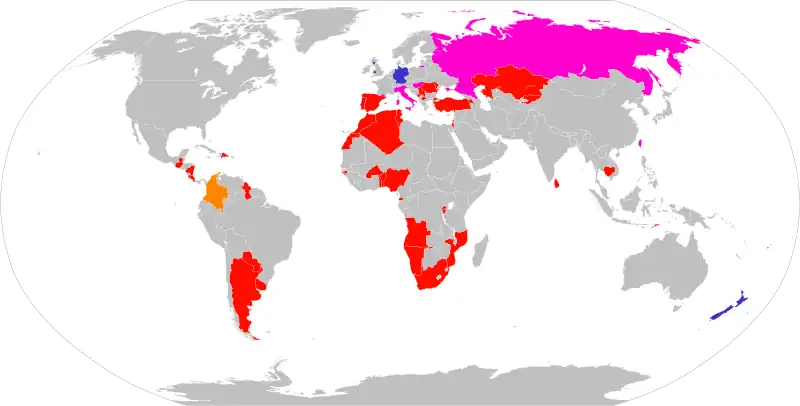
Proportional representation
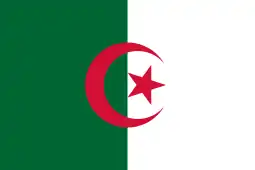 Algeria
Algeria Angola
Angola Argentina
Argentina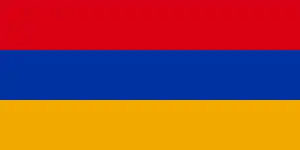 Armenia
Armenia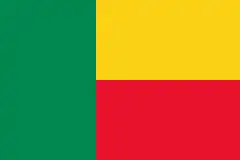 Benin
Benin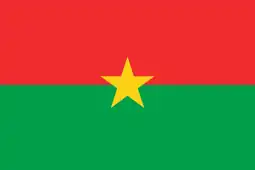 Burkina Faso
Burkina Faso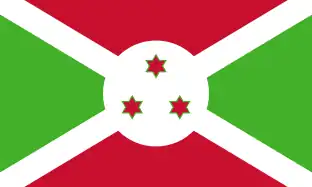 Burundi
Burundi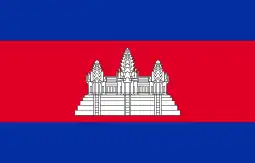 Cambodia
Cambodia Colombia (depending on the party)
Colombia (depending on the party) Costa Rica
Costa Rica Dominican Republic[2]
Dominican Republic[2]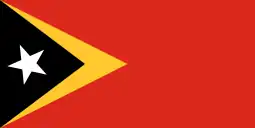 East Timor
East Timor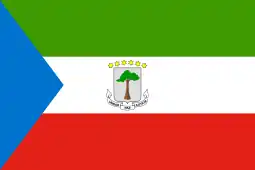 Equatorial Guinea
Equatorial Guinea Guatemala
Guatemala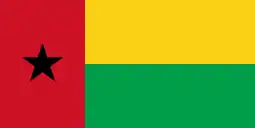 Guinea-Bissau
Guinea-Bissau Guyana
Guyana Hong Kong (1997-2016)
Hong Kong (1997-2016) Israel
Israel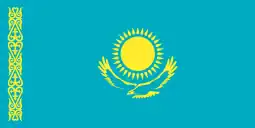 Kazakhstan[3]
Kazakhstan[3].svg.png.webp) Kyrgyzstan
Kyrgyzstan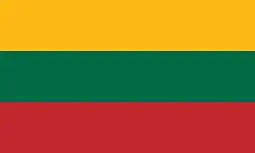 Lithuania (1992-1997) (Seimas and munipalities' councils)
Lithuania (1992-1997) (Seimas and munipalities' councils)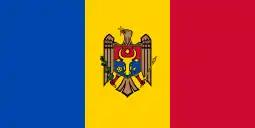 Moldova
Moldova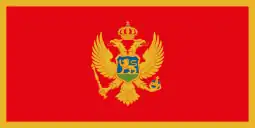 Montenegro
Montenegro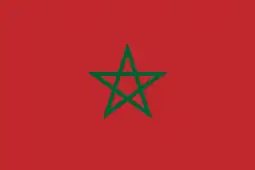 Morocco
Morocco Mozambique
Mozambique Namibia[4]
Namibia[4] Nicaragua
Nicaragua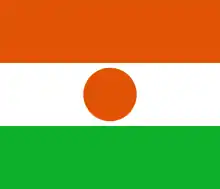 Niger
Niger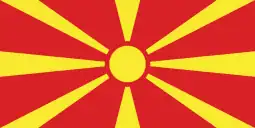 North Macedonia
North Macedonia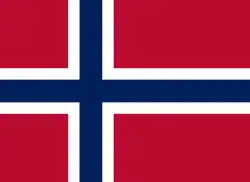 Norway (de facto)
Norway (de facto) Paraguay
Paraguay Portugal
Portugal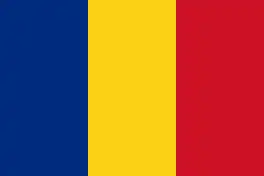 Romania[5]
Romania[5] Rwanda
Rwanda Serbia
Serbia South Africa
South Africa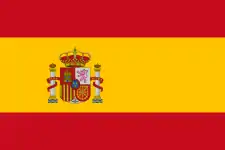 Spain
Spain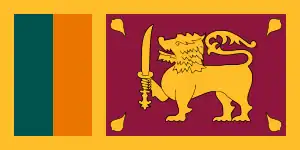 Sri Lanka
Sri Lanka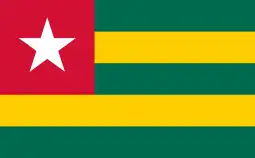 Togo
Togo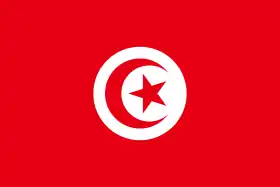 Tunisia
Tunisia Turkey
Turkey Uruguay
Uruguay
Mixed electoral systems
Mixed electoral system using closed lists for the proportional component
Majoritarian representation
Party block voting (general ticket) with a closed list
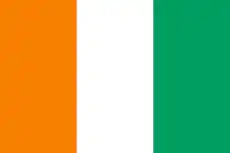 Côte d'Ivoire (party block voting in multi-member districts)
Côte d'Ivoire (party block voting in multi-member districts)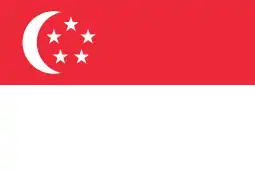 Singapore (party block voting in multi-member districts)
Singapore (party block voting in multi-member districts) United States (electoral college)
United States (electoral college)
See also
References
- ↑ "Open, Closed and Free Lists —". ACE Project. Archived from the original on 28 June 2020. Retrieved 2 January 2021.
- ↑ "{title}". Archived (PDF) from the original on 22 November 2015. Retrieved 2 September 2018.
- ↑ Lundberg, Thomas Carl (22 October 2010). "Post-communism and the abandonment of mixedmember electoral systems" (PDF). University of Glasgow. Archived (PDF) from the original on 2 January 2021. Retrieved 2 January 2021.
- ↑ "Elections - GRN Portal". www.ecn.na. Archived from the original on 21 July 2018. Retrieved 20 July 2018.
- ↑ Filimon, Paul (20 July 2015). "Legea ALEGERILOR PARLAMENTARE pe LISTE, promulgată de Iohannis". România Liberă (in Romanian). Archived from the original on 2 July 2017. Retrieved 24 May 2018.
External links
- Country profiles at IFES
- Open, Closed and Free Lists at Ace Project